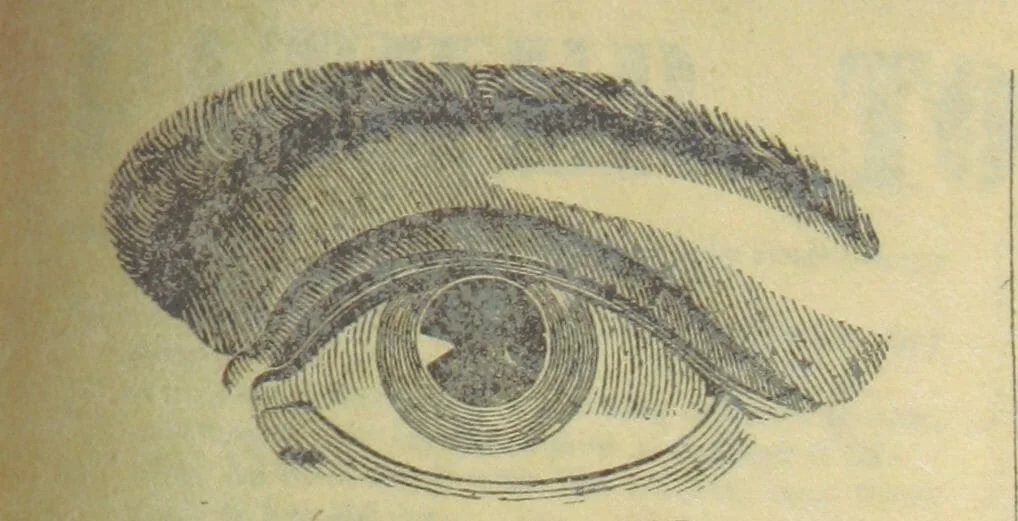
The Man in the High Castle | “What have might been”
Creator
Year
Country
Seasons
Runtime
Genre
By
What if the Allies had lost the Second World War?
Amazon’s series The Man in The High Castle deals with this nightmarish scenario. It is based on the dystopian Hugo award-winning novel of the same name by Philip K. Dick. Like the book, the series portrays a 1962 post-war world as an alternate history where the USA no longer exists. The Axis powers have split North America in two: the Japanese rule the West Coast and the German Reich governs the East Coast region. In between lies a neutral zone surrounded by the Rocky Mountains, representing what’s left of the US.
However, in this grim universe there’s still a place for hope. Mysterious subversive newsreels and movies showing a dissimilar reality begin to circulate. Some of them disclose an opposite world where history took a different turn, they show an iconic V-J Day kiss in Times Square, victory parades and even the end of the Third Reich.
Even though most Americans seem to be accustomed to life under a dictatorship, some of them decide to fight back. Movies become the sparkle that lights the fire of the rebellion. The resistance gathers those who are ready to risk their lives to spread forgotten values.
“Destiny is in the hands of men”
Like other cultural items such as the novels Fahrenheit 451,1984 or Brave New World, The Man in the High Castle is a mix of both astonishment and fright. But, if possible, it makes viewers feel even more uncomfortable because of its closeness to some aspects of todays’ reality. Therefore, The Guardian describes the series’ parallels as “deeply disturbing“. In a time in which racism, nationalism and exacerbated rhetoric are rising again all over the world, this series seems to subtly warn the public.
The show also faces moral and philosophical themes, investigating the matter of self-responsibility under totalitarianism. It demonstrates that destiny lies in men’s hands and nothing should be taken for granted. Never being trivial, it reflects on how it’s possible to be moral in an immoral world. At the same time, it shows how nobody is immune to making compromises.
Every character struggles with difficult choices and faces ethical concerns. The protagonists, especially Juliana Crain (Alexa Davalos), John Smith (Rufus Sewell), and Joe Blake (Luke Kleintank) embody the hidden ambivalence in human nature. The series shows that no one is exclusively good or bad, and how context can affect our behavior.
Cinematic language breaks TV shows
The Man in the High Castle innovates visual language, exploiting it as a key part of storytelling. In an interview, the cinematographer Gonzalo Amat explains how he achieved the balance of realism and alternate history, thanks to the use of light and camera tricks. In fact, the series saves close-ups only for essential events, and all the changes in framing are motivated by plot development. Even camera movements are made on purpose: they create tension or make the viewers discover details little by little. Long sequences and daring framing characterize the series and that contributes to a rise in discomfort.
Furthermore, the use of color palettes plays an important role in the narration. Just like in The Handmaid’s Tale, they differentiate visual worlds. That’s why the Nazi Empire is so colorless and dark, and the West Coast instead is warmer and dominated by earth tones. In addition, the desaturated colors of the neutral zone inspired by Hopper paintings simulate a blast from the past. They emphasize the fact that the buffer zone is stuck in time. For this visual accuracy and attention, The Man in the High Castle won in 2016 the Primetime Emmy for Outstanding Cinematography for a Single-Camera Series.
Tag








